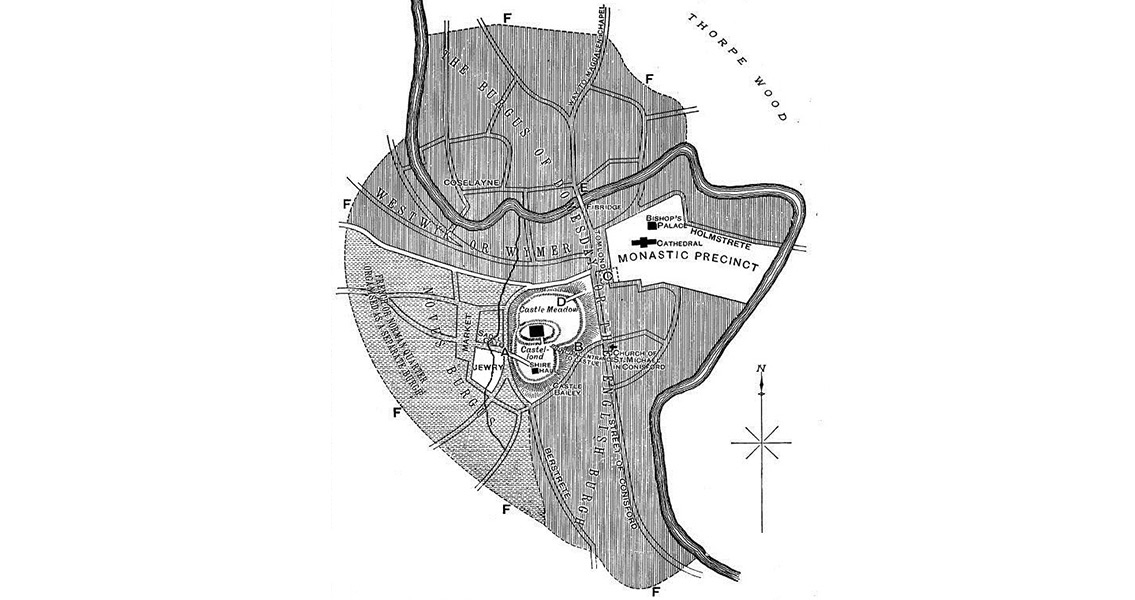<![CDATA[A £70 million real estate development site in Norwich, England has yielded priceless artifacts dating back to the fourteenth century, it was recently revealed. Archaeologists working from May of this year in exhuming the treasures at the St Anne’s Quarter site have discovered not just painted glass, oyster shells and pottery but also coins and human remains. The researchers are from Norwich Property Services (NPS) Archaeology, which was appointed by Orbit Homes, the developers for the new residential site; the area is slated for construction of at least 400 homes. One of the most valuable items unearthed so far in the dig is a dress fastener gilded in silver, understood to be 300 years old at minimum. Other items discovered include a papal seal dated to around 800 years ago. Orbit Homes construction project manager Max Barnes remarked in a press release that the team was quite excited to have stumbled across these priceless historical artifacts, especially since some of them are likely to be classified as treasure. “We know a lot of activity took place at this site in the Saxon era,” Barnes added, saying that “these items are helping us to build a better picture of the local history.” Orbit Homes is working in close concert with NPS Archaeology, stated Barnes. The local specialist firm is carrying out all the excavations and taking careful note of the findings. The construction project manager says that Orbit Homes is planning on donating all the artifacts found in the dig to the Norfolk Museums Service for further display and study. The site’s known history of a sect of medieval Augustinian friars is well-established, as official records indicate that the friary survived until the sixteenth century, before it was dissolved. The site was then passed to the Duke of Norfolk, who constructed the now listed building known as Howard House. Orbit Homes has plans to refurbish Howard House with an eye towards renovating it. In addition to the sixteenth century history of the site, a tomb found within a church that holds a set of well-preserved remains is thought to date back to at least the fourteenth century. The Augustinian friars are thought to be the last of four monastic orders that arrived in Norwich and contributed to the development of the city; there is little known about the identity of the skeleton found within the tomb at this time, though researchers cataloging the discovery may unearth additional items that may lend some clues to who the person was in life. The excavation is still being undertaken and will be completed before the development of the new residential site, which is situated between the River Wensum and King Street. Orbit Homes plans to construct a total of 437 residences on the site once the archaeological endeavor has been completed. Image courtesy of Wikimedia Commons user: Augustus Jessopp and MR James]]>
14th Century Treasure Found at Norwich Development Site
